Most people see poodles and imagine that they are owned by some wealthy, posh urbanite. With their finely trimmed hair and questionable cuts, these dogs may seem more foppish than anything else. What if we were to tell you that poodles are a hard-working breed with roots stretching back possibly to the days of the Roman Empire! Allow us to run you through 10 incredible poodle facts and set the record straight on this breed!
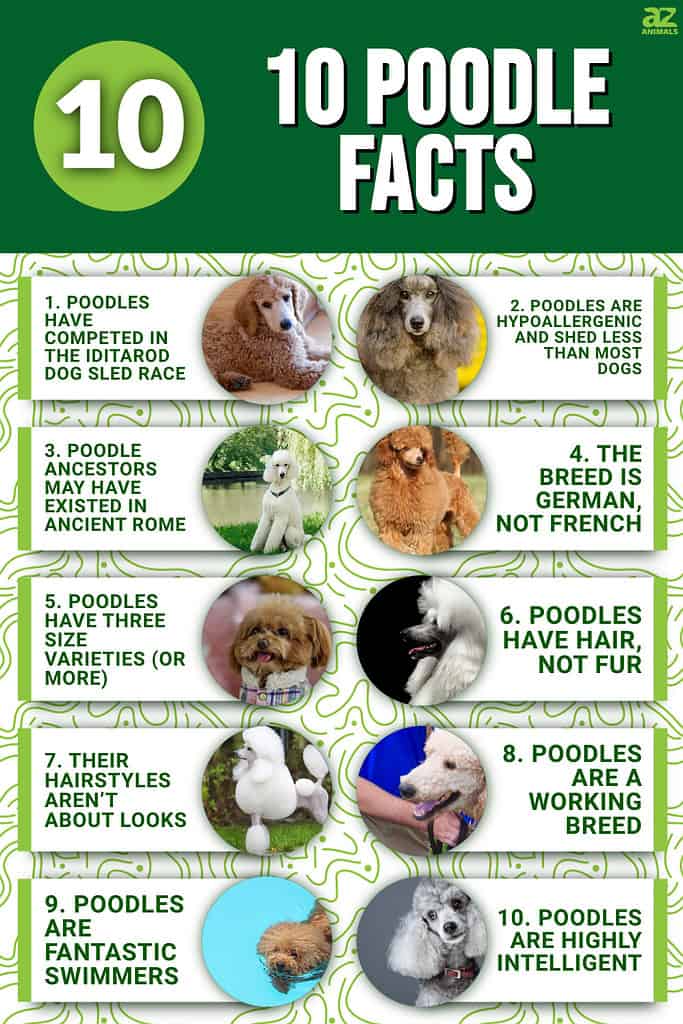
10. Poodles Are Highly Intelligent

The poodle is capable of learning and following commands very fast.
©Irina oxilixo Danilova/Shutterstock.com
In fact, they are often considered to be among the smartest dog breeds in the entire world, second only to the border collie. Psychologist Stanley Coren used a survey from nearly 200 obedience judges to compile a list of the fastest learning breeds based on their ability to master a new command quickly.
The results showed that poodles were second out of all breeds. Their intelligence shines through in all the tasks they have been given throughout the breed’s history.
9. Poodles Are Fantastic Swimmers
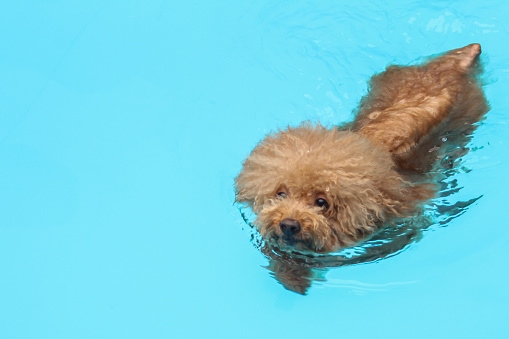
Poodles are excellent swimmers.
©sutan abraham/iStock via Getty Images
When you look at the poodle’s coat, you might assume its texture would be cumbersome. If the poodle’s coat isn’t properly clipped, you’d be right. We’ll get back to that idea, too.
Poodles are great swimmers, and they were bred for the task. They even have webbed feet to help them paddle and fur that keeps their bodies warm while they’re swimming.
8. Poodles Are a Working Breed

Poodles make great working dogs and service dogs.
©iStock.com/Laura Fay
The original poodle breed was developed to work as a hunting companion. They were meant to go fetch fowl from the water after hunters took them down or to retrieve arrows and bolts that missed their targets. Their intelligence and willingness to follow instructions made them perfect for a variety of tasks. Poodles have even served as companions in wars!
7. Their Hairstyles Aren’t About Looks

This cut looks silly, but its origins were very utilitarian.
©Dulova Olga/Shutterstock.com
Poodles tend to have a lot of different haircuts, also called clips. You may look at the Continental clip and roll your eyes because the dog looks ridiculous. However, this clip serves a very important purpose.
Poodles were working dogs in the past, and part of their job was to retrieve arrows and dead prey for their owners. That frequently meant traversing water and being vulnerable to the cold.
Thus, owners had to compromise between form and function. If they had too much fur, they would be bogged down. If they were completely shorn, then they would get too cold. So, poodles have clips with fur at the head, joints, and torso to keep them warm and moving.
6. Poodles Have Hair, Not Fur
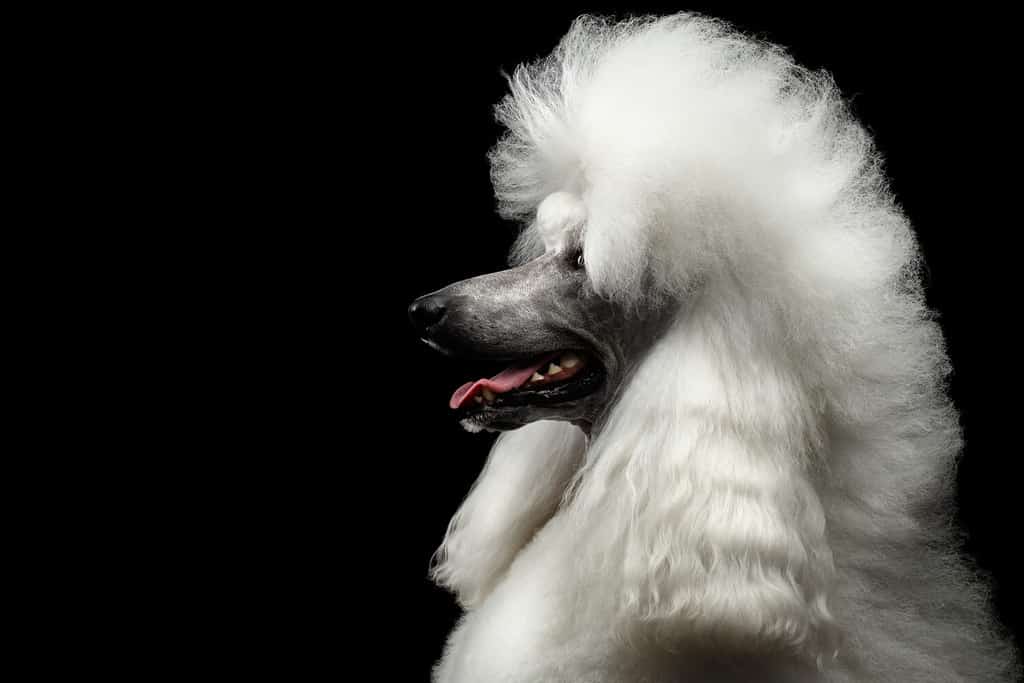
Poodles’ hair needs much care.
©Seregraff/Shutterstock.com
Hair and fur do not seem like much of a distinction. However, the primary difference is that hair keeps on growing. That means a poodle’s hair must be frequently cut, groomed, and cleaned to prevent matting and any associated skin infections.
5. Poodles Have Three Size Varieties (Or More)

Poodles come in a variety of sizes.
©alinabuphoto/Shutterstock.com
Depending on who you ask, poodles either have three, four, or five different size varieties. The typical poodle varieties include the Standard, Miniature, and Toy Poodles, a series of three, but the Medium Poodle is recognized by some and not all groups. As you can imagine, the standard is the largest variety, and the toy poodle is the smallest of them all.
4. The Breed is German, Not French
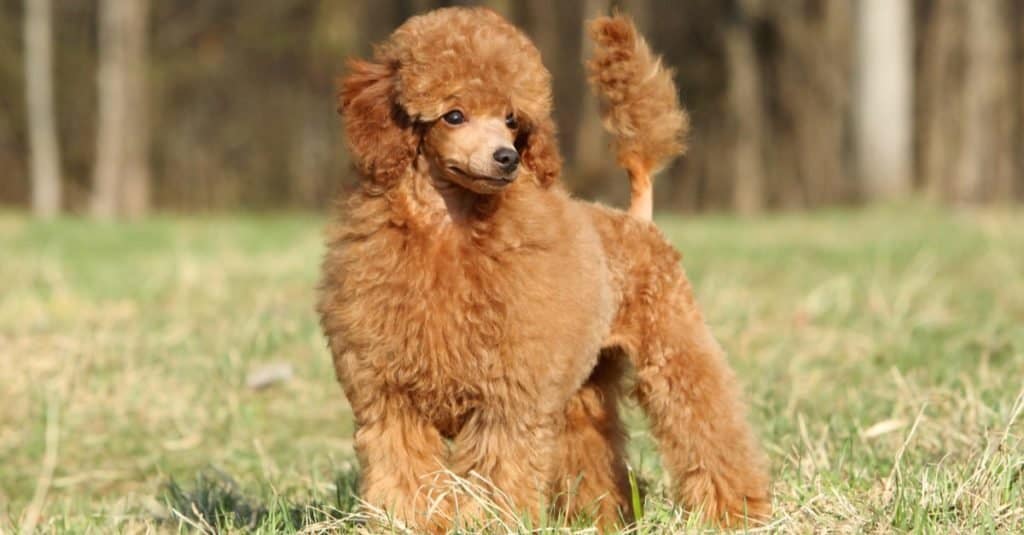
The dogs are associated with the finer things in life, but they’re probably not French.
©Jagodka/Shutterstock.com
Although people like to say that the poodle is French, it’s actually believed to be from Germany. The name of the breed is often used as proof of this because the name Poodle stems from “pudel.” That itself comes from the word meaning “to splash.” The poodle was originally a water dog in Germany, and some artistic representations from the 17th century in Germany support this claim.
However, some people still insist that the poodle has origins in France or even in other countries.
3. Poodle Ancestors May Have Existed in Ancient Rome
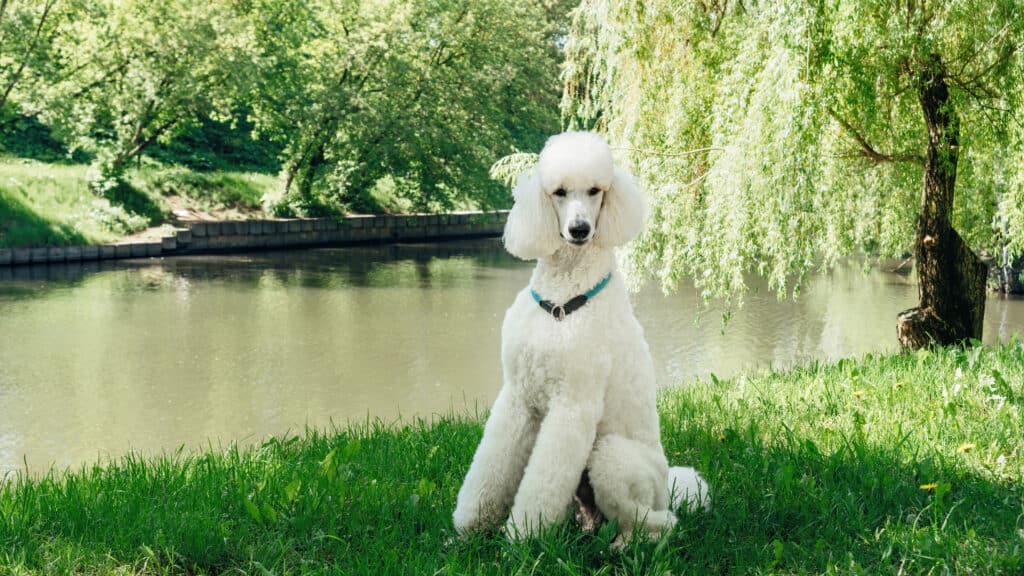
Poodles are an ancient breed.
©nieriss/Shutterstock.com
The modern poodle’s history may be unclear, but the poodle’s origins as a breed are even murkier. The ancestors of poodles may have existed as far back as 30 A.D., the age of coins and tomb markings that featured a dog that looked like the poodle.
Certainly, whatever dogs existed 2,000 years ago were different than the modern breeds. Yet, the Roman poodles could provide a link to understanding the dog’s history.
2. Poodles Are Hypoallergenic and Shed Less Than Most Dogs
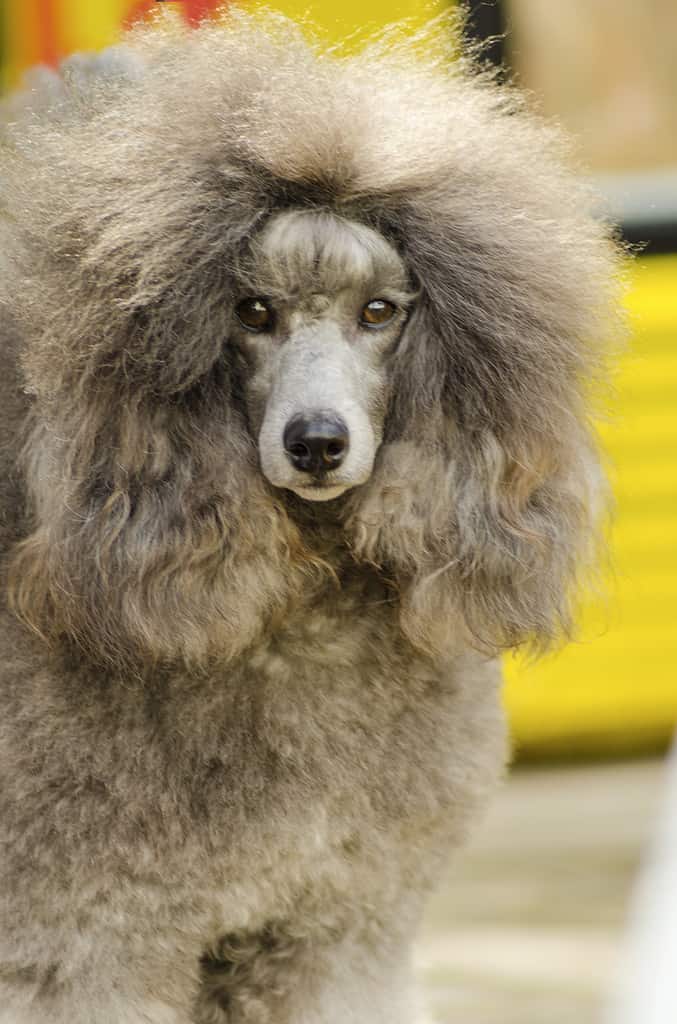
Poodles are hypoallergenic.
©iStock.com/f8grapher
People love poodles because they don’t shed much and don’t produce as much dander as other breeds. Thus, they don’t aggravate people’s allergies to a great extent. Those facts are helpful for people that want a dog without sneezing and itchy eyes.
The only drawback is that these dogs need to have frequent grooming. That can be quite a cost to a poodle owner. However, it may be worth the effort to have a hypoallergenic, clean-smelling dog that does not leave fur and dander everywhere it goes.
1. Poodles Have Competed in the Iditarod Dog Sled Race
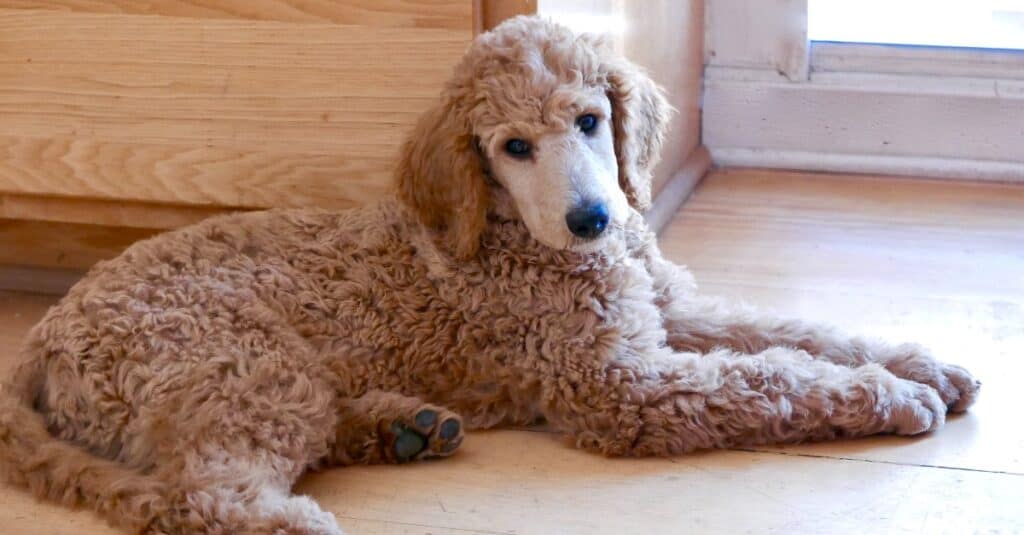
Poodles are tougher than most people believe.
©iStock.com/Laura Fay
The final and perhaps most interesting of all our 10 incredible poodle facts is that these animals participated in the Iditarod. The Iditarod Dog Sled Race is a grueling 938-mile race across snow and ice. Although husky breeds and others adapted to the cold are the most commonly used animals, a man named John Sutter raced with a team that included poodles.
They didn’t win the race, but the team proved that poodles were to be taken seriously. Once again, the intelligence of these dogs came to the forefront when Sutter was asked about how the poodles performed. Apparently, the poodles were raised with huskies and learned to mimic them!
Although poodles are seen as companion pets these days, they were originally a working breed. They were a tough one at that. The larger varieties of poodles are still used as human companions and helpers for individuals with disabilities. This breed will continue to be a popular one throughout the world because of its incredible intelligence and obedience.
The photo featured at the top of this post is © Anna_Bondarenko/Shutterstock.com
Ready to discover the top 10 cutest dog breeds in the entire world?
How about the fastest dogs, the largest dogs and those that are -- quite frankly -- just the kindest dogs on the planet? Each day, AZ Animals sends out lists just like this to our thousands of email subscribers. And the best part? It's FREE. Join today by entering your email below.
Thank you for reading! Have some feedback for us? Contact the AZ Animals editorial team.






